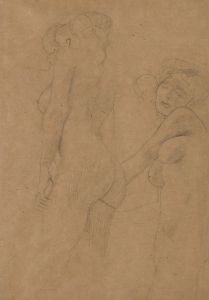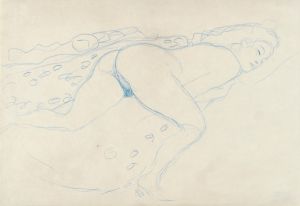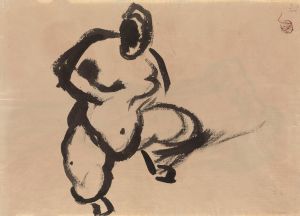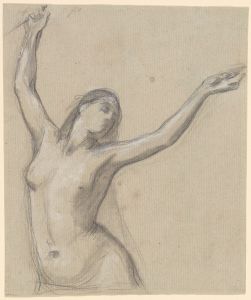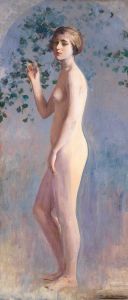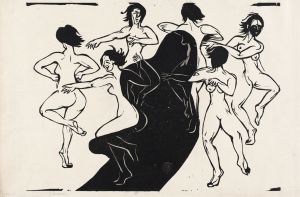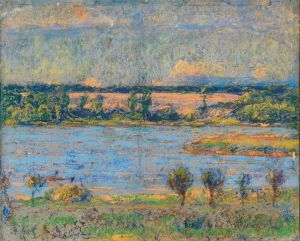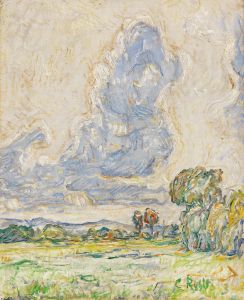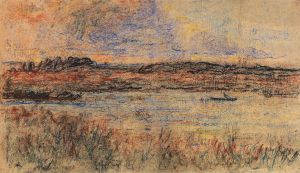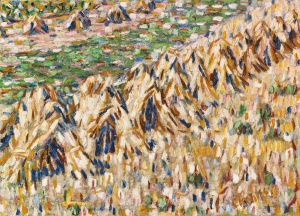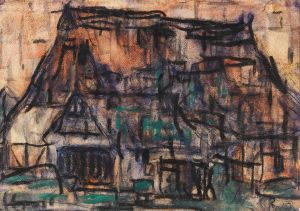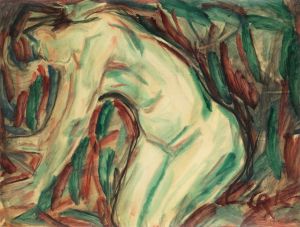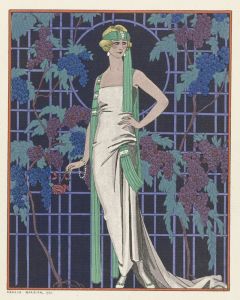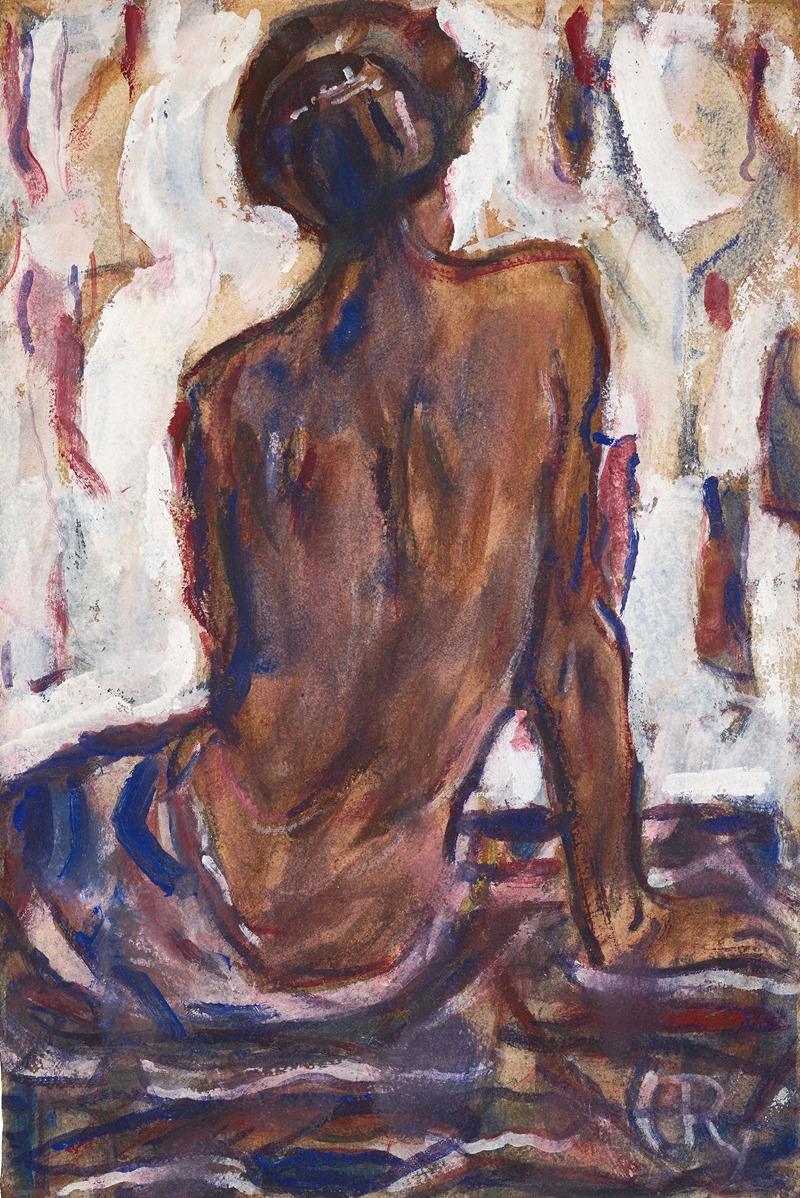
Female nude, seen from behind.
A hand-painted replica of Christian Rohlfs’s masterpiece Female nude, seen from behind., meticulously crafted by professional artists to capture the true essence of the original. Each piece is created with museum-quality canvas and rare mineral pigments, carefully painted by experienced artists with delicate brushstrokes and rich, layered colors to perfectly recreate the texture of the original artwork. Unlike machine-printed reproductions, this hand-painted version brings the painting to life, infused with the artist’s emotions and skill in every stroke. Whether for personal collection or home decoration, it instantly elevates the artistic atmosphere of any space.
Christian Rohlfs (1849-1938) was a German painter and printmaker, known for his contributions to the Expressionist movement. His work often explored themes of human emotion and the human form, and he is recognized for his innovative use of color and texture. One of his notable works is "Female Nude, Seen from Behind," which exemplifies his approach to the human figure and his stylistic evolution over his career.
"Female Nude, Seen from Behind" is a painting that captures a woman’s nude form from the back, emphasizing the contours and natural lines of the human body. The painting is characterized by its expressive brushwork and the use of color to convey depth and emotion. Rohlfs' technique in this piece reflects his transition from Impressionism to Expressionism, showcasing his ability to blend realistic representation with emotional intensity.
Rohlfs was born in Groß Niendorf, Germany, and began his artistic education at the Grand-Ducal Saxon Art School in Weimar. His early work was influenced by the Impressionist movement, but after encountering the works of Vincent van Gogh and Edvard Munch, he began to adopt a more expressionistic style. This shift is evident in "Female Nude, Seen from Behind," where the focus is not just on the physical form but also on the emotional resonance of the subject.
Throughout his career, Rohlfs experimented with various media, including oil paints, watercolors, and prints. His work often featured bold colors and dynamic compositions, which helped to convey the emotional and psychological states of his subjects. "Female Nude, Seen from Behind" is a testament to his skill in capturing the essence of the human form while imbuing it with a sense of vitality and movement.
Rohlfs' contributions to art were recognized during his lifetime, and he was associated with the Brücke group, although he was not an official member. His work was exhibited widely, and he received numerous accolades for his contributions to modern art. Despite facing challenges during the Nazi regime, which condemned modernist art, Rohlfs continued to create and influence the art world until his death in 1938.
"Female Nude, Seen from Behind" remains an important work within Rohlfs' oeuvre, highlighting his mastery of form, color, and expression. It is a piece that not only showcases his technical abilities but also his deep understanding of the human condition. Today, Rohlfs' works are held in various collections and museums, continuing to inspire and influence artists and art lovers alike.





